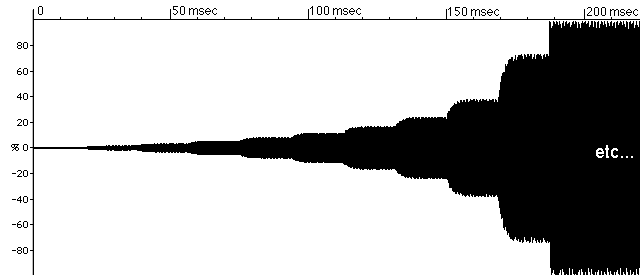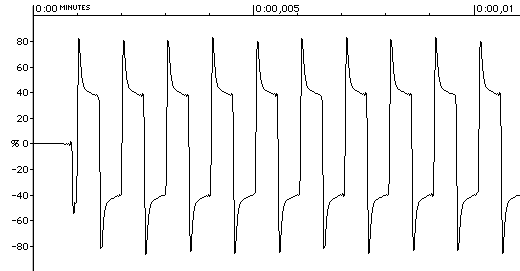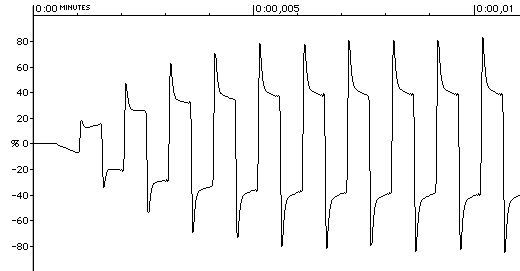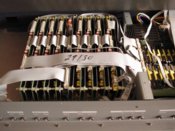
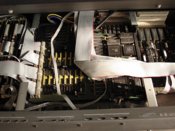
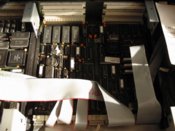
each holding 4 voices
each controlling 16 voices
controlling up to 48 voices and storage
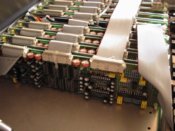
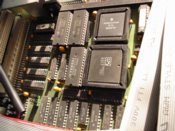
you see the Curtis CEM 3387 filter chip here
(see text below)

|

|

|
|
analog boards
each holding 4 voices |
slave board
each controlling 16 voices |
main board
controlling up to 48 voices and storage |

|

| |
|
analog board detail
you see the Curtis CEM 3387 filter chip here |
An ASIC and a CPU
(see text below) | pics © Till Kopper 2002 |
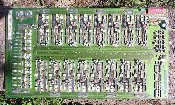
|
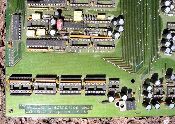
|
|
giant!
27 x 48 cm (10.6 x 18.9 inch) |
a single filter
and some general parts |
